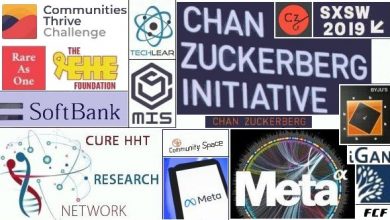
Amos Palfreyman is the Business Development Manager at FoodHQ in New Zealand. He recently spent time based in the Netherlands seconded to FoodHQ strategic partner Foodvalley NL to develop an analysis of the emerging alternative proteins sector. Beginning his career at global dairy giant Fonterra Amos also worked in international trade, technology transfer and market insights. Amos has an interest in foodtech innovation, biotechnology applied to food and early stage financing for agrifood companies.
Hello, please tell me more about your background and your work.
I am the business development manager for FoodHQ a New Zealand based collaboration specialized in connecting the business of food with the science of food. I began my career working for Fonterra the largest dairy exporter in the world. I was then involved in international business development and technology transfer and now combine these experiences to assist our partners in value creation through embedding science and technology into their food businesses.
Why do we need Innovation in Food?
To meet the future challenge of providing safe and balanced nutrition to feed the world we must produce more with less and innovation will be a key enabler. Also, to create higher standards of living productivity in any sector is a key to raising the value created by the sector. One of the greatest drivers of productivity is innovation both in technology and process.
What exciting applications of biotechnology do you see for the future of food?
There are many potentially exciting applications for biotechnology to food. I find the possibility to generate high value immune boosting oligosaccharides through a biotech enabled expression platform to be an exciting opportunity. Also, the ability to adjust certain genes in food that are causes of allergies is a valuable possibility.
How does technology contribute to increasing food production?
Technological improvements to each part of the value chain increase the ability to produce more food with less resources. For example, digital technology to enable trait identification for breeding certain crops to be more drought resistant and resilient to diseases reduces the quantity of water needed and chemicals needed to fight crop diseases. In the processing part of the food supply chain technological innovation can reduce waste of raw material and energy needed during the processing. And then at the consumer facing part of the food supply chain there are technologies which can prevent spoilage or extend shelf life of products to prevent food being wasted.
What current and upcoming developments in your field are you most excited about?
I am most excited about the commitment of New Zealand food and agricultural companies to reduce their environmental impacts and increase the extent to which their food products enable consumers to have access to safe, sustainable, and of course delicious food.
How do you see technology making an impact on future food security, health and nutrition?
The sustainable Nutrition Initiative by our partner the Riddet Institute allows for complex modelling powered by a specially designed algorithm to help people understand the sustainability to nutrition delivered ratio of different types and amounts of common foods. This will help farmers determine appropriate food production systems and consumers choose food that delivers the right nutrition to support their health.
How do you imagine the future of food to look like?
Diverse. Full of variety in form, flavor, and origin. I think there will be greater demand for traceability and accountability across the food supply chain. The western diet will contain more plant proteins comparative to current consumption and the east will contain more animal proteins. Sugar and salt reduction technologies will be more advanced. Personalized nutrition will become more popular however cost and privacy will be barriers to widespread adoption. Cell-based proteins will provide designer proteins that will be used as fortifiers in food products.
My final question is: What do you read to keep up with news and innovation? Are there any podcasts, blogs or publications, that you particularly like and that you want to suggest to our readers?
There are plenty of great resources in this topic available and I read/listen/watch as many as possible. Food Navigator is one that comes to mind for the most current trends and the New Nutrition insights are good for more in-depth reports. I would suggest to your readers to find individuals on LinkedIn that provide balanced opinions and follow them there to see what they recommend.











